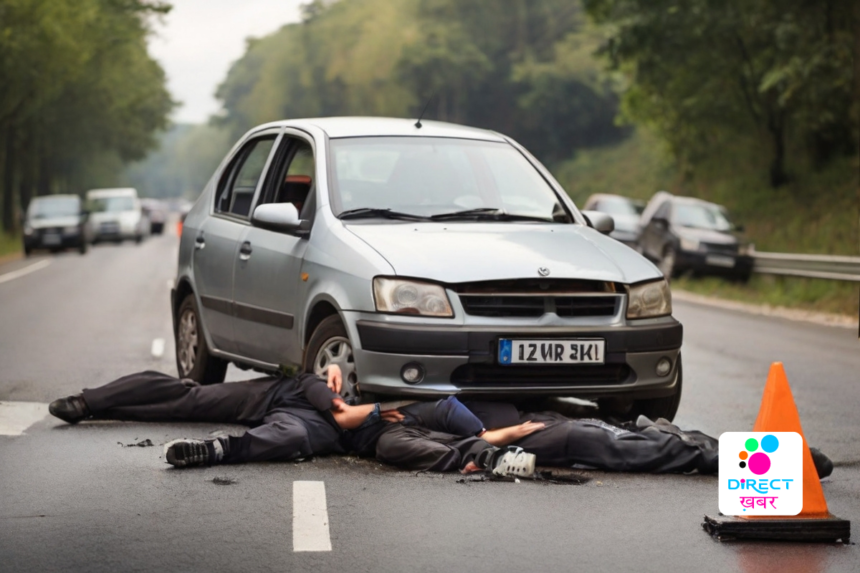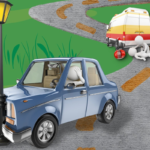10 Crucial Steps to Take Immediately After Witnessing a Road Accident!
Witnessing a road accident can be a distressing experience, but it’s crucial to act swiftly and responsibly to assist those involved and ensure their safety. Knowing the right steps to take can make a significant difference in the outcome of the situation. Here are 10 crucial steps to follow immediately after witnessing a road accident.
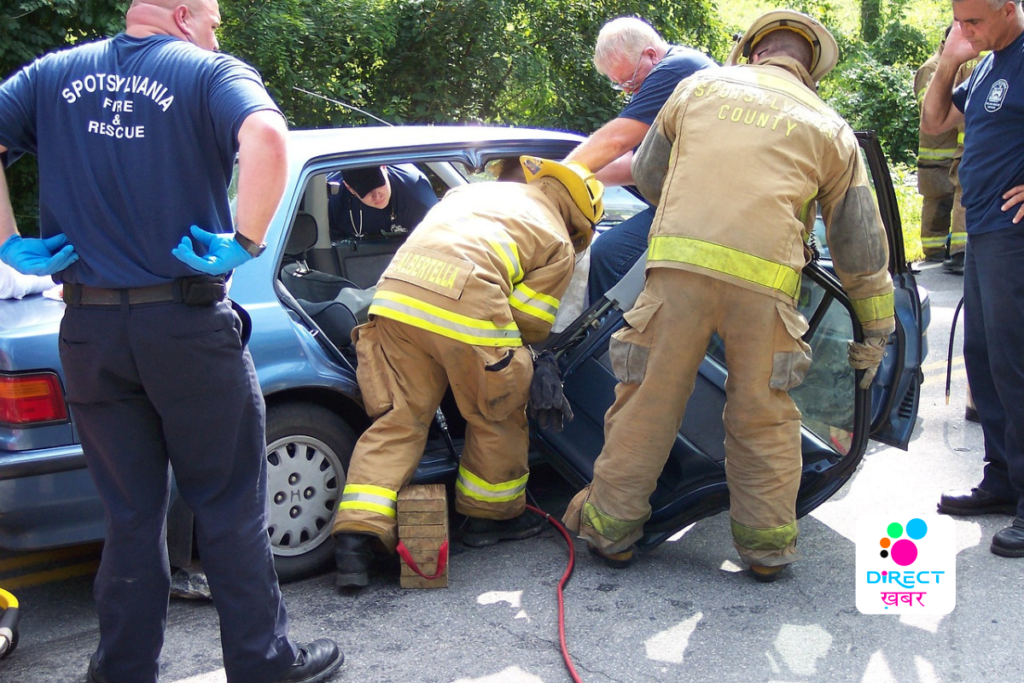
Ensure Personal Safety:
The first and foremost priority is to ensure your own safety. If you’re driving, safely pull over to the side of the road, away from the accident scene. Turn on your hazard lights to alert other drivers of the incident. Assess the surroundings for any immediate dangers such as oncoming traffic, fire, or hazardous materials.
Call Emergency Services:
Once you’ve ensured your safety, immediately call emergency services. Dial the local emergency number or 911 to report the accident. Provide precise details about the location of the accident, the number of vehicles involved, and any injuries sustained by individuals. Stay on the line to answer any questions the dispatcher may have.
Approach the Accident Scene with Caution:
Approach the accident scene cautiously, keeping a safe distance from any vehicles involved. Watch out for any signs of danger such as leaking fuel or unstable structures. If it’s safe to do so, offer assistance to those involved in the accident, but avoid moving anyone who is seriously injured unless there is an immediate threat to their life.
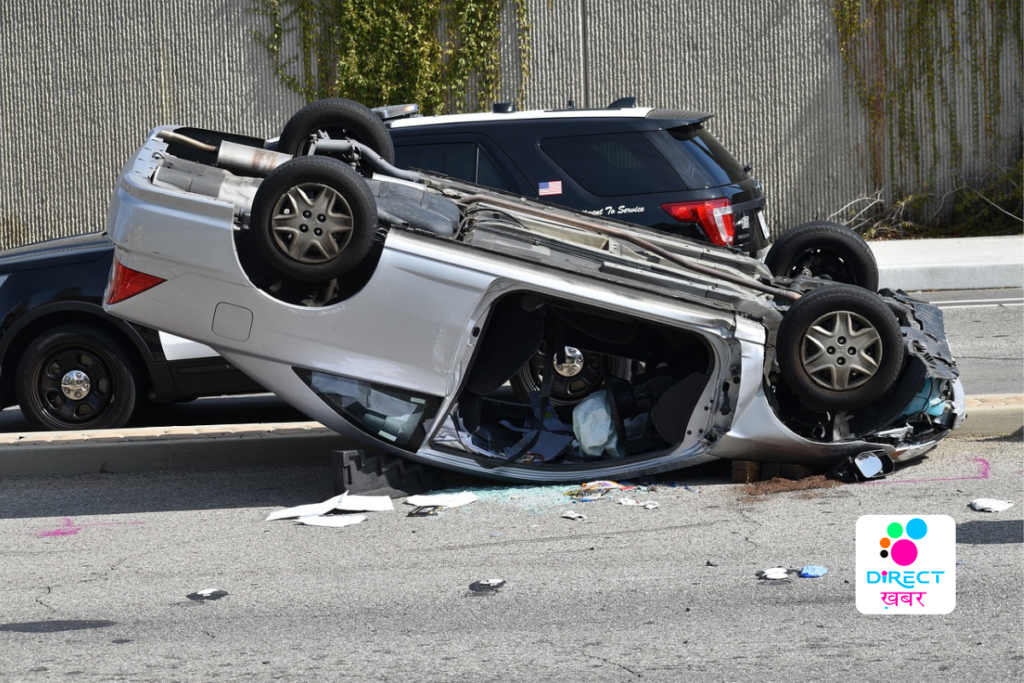
Provide First Aid if Trained:
If you have received first aid training and it’s safe to approach the injured individuals, provide basic first aid assistance. Attend to any bleeding by applying pressure to the wound with a clean cloth or bandage. Keep the injured person calm and reassured while waiting for medical help to arrive. Avoid administering any advanced medical treatments unless you’re a trained healthcare professional.
Secure the Accident Scene:
Help prevent further accidents or injuries by securing the accident scene. Set up warning signs, flares, or reflective triangles to alert approaching vehicles and divert traffic away from the area. If possible, use your vehicle to create a barrier between the accident scene and passing traffic.
Gather Information:
Collect as much information as possible about the accident to assist authorities and insurance companies in their investigations. Take photographs of the accident scene, including the positions of vehicles, road conditions, and any relevant road signs or traffic signals. Obtain contact information from witnesses who can provide accounts of what they saw.
Cooperate with Law Enforcement:
When law enforcement arrives at the scene, cooperate fully with their instructions and provide them with your eyewitness account of the accident. Answer any questions truthfully and to the best of your ability. If you’re unsure about certain details, it’s okay to admit it rather than speculate.
Preserve Evidence:
Preserve any physical evidence related to the accident, such as damaged vehicles, debris, or skid marks on the road. Avoid moving or tampering with evidence unless necessary for safety reasons. Your observations and any evidence you can provide may be valuable in determining the cause of the accident.
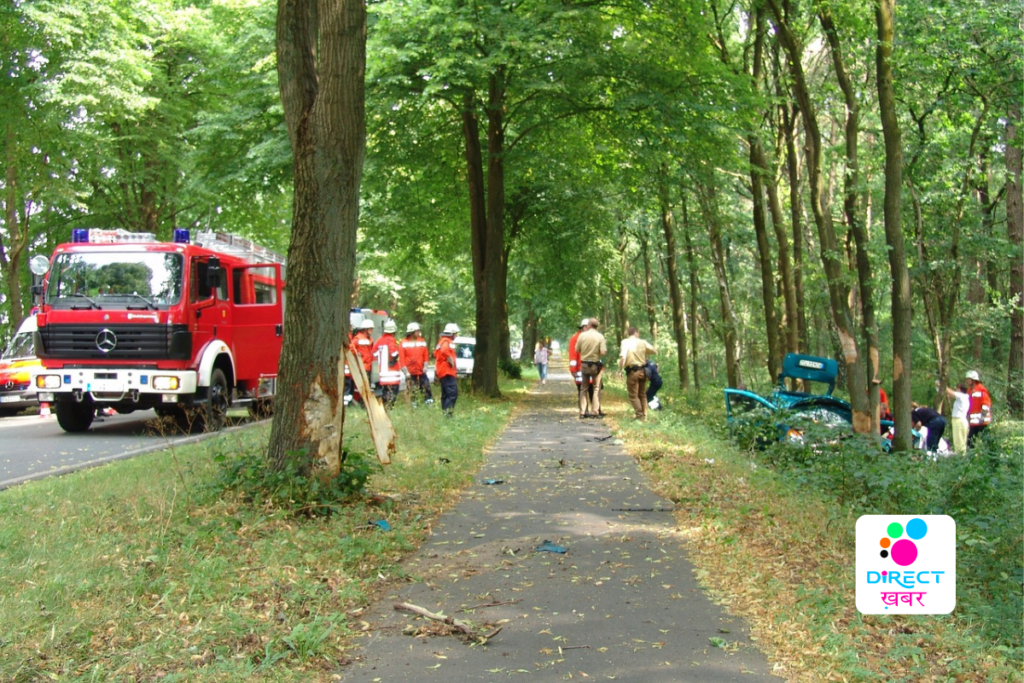
Offer Support to Those Involved:
Accidents can be traumatic experiences for those involved, so offer support and comfort to victims and witnesses. Stay calm and empathetic, and reassure them that help is on the way. Avoid placing blame or making judgments about the circumstances surrounding the accident.
Follow Up:
After the immediate aftermath of the accident has been addressed, consider following up with authorities or insurance companies if you have any additional information or if you’re asked to provide a statement. Your continued cooperation may be necessary for the investigation and resolution of the accident.
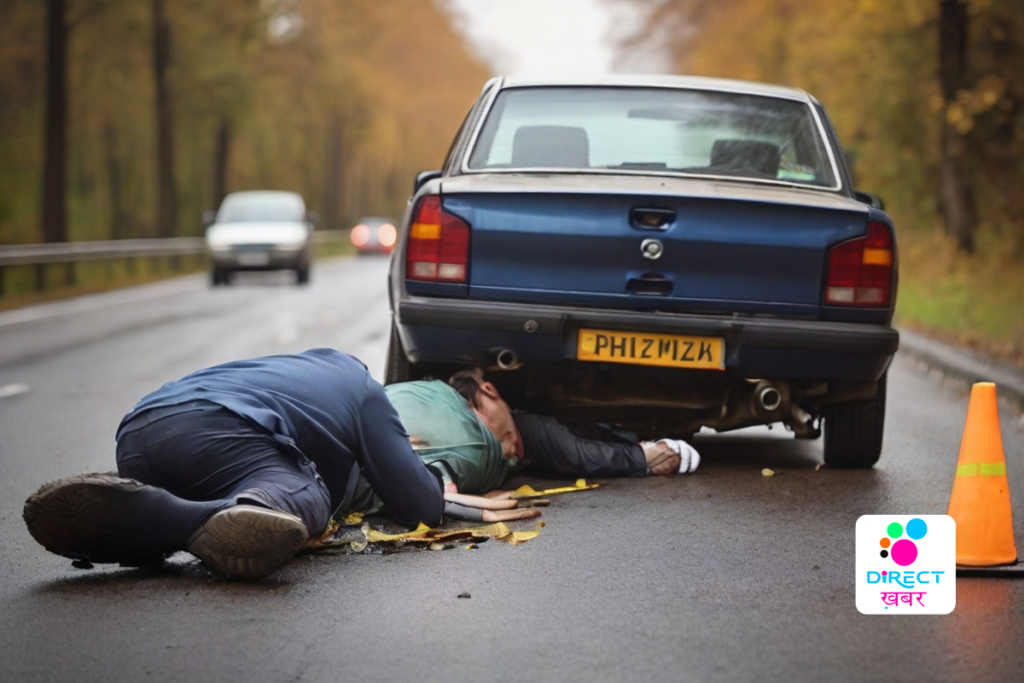
Witnessing a road accident can be a harrowing experience, but taking prompt and decisive action can help mitigate the impact and potentially save lives. By following these 10 essential steps, you can play a crucial role in assisting those involved in the accident and ensuring that the necessary help and resources are provided. Remember to prioritize your own safety while offering assistance, and always cooperate fully with emergency responders and law enforcement personnel.
